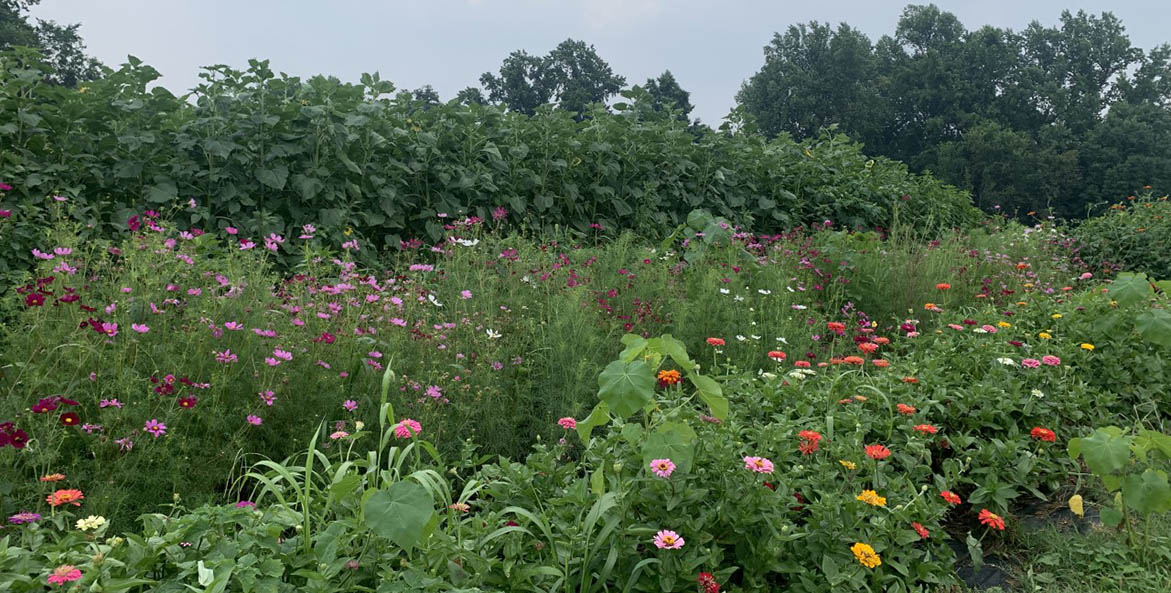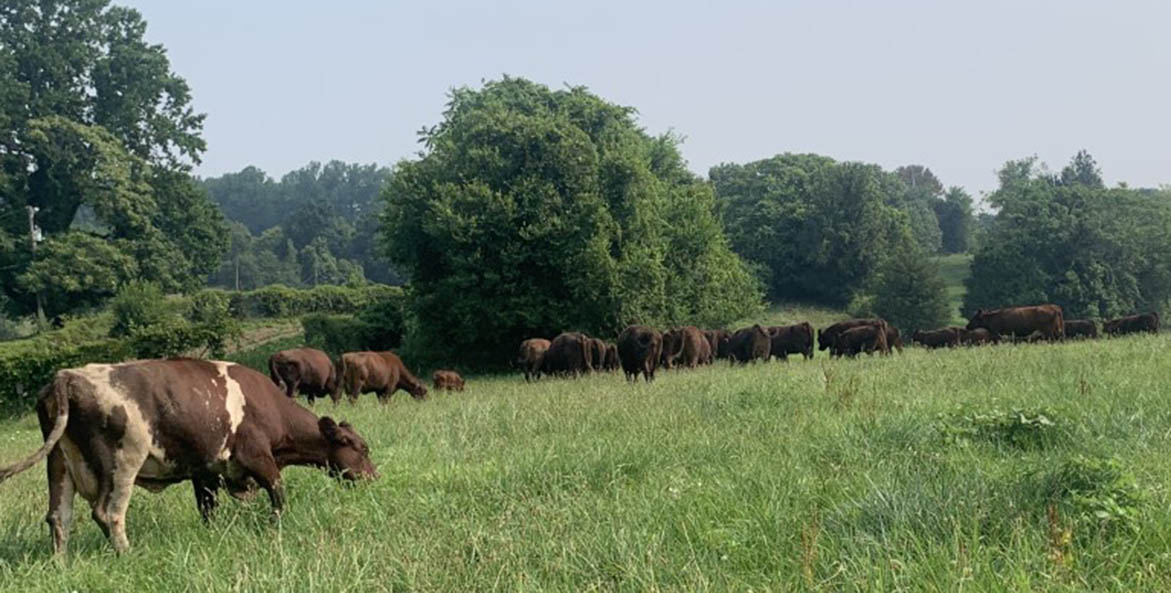Humans have been practicing agriculture for more than 10,000 years. Many of the farming practices used in varying forms of agriculture have had a significant impact on the sustainability of food systems, food security, animal wellbeing, environmental health, and human health. By taking the necessary steps and transitioning to more regenerative farming methods, agriculture could go from being considered one of the leading causes of health and environmental issues, to a solution for these problems.
The majority of the food we consume around the world is grown through varying methods of intensive industrial agriculture, a form of modern farming that became prevalent during the era of the Industrial Revolution.
However, industrial agriculture has been linked to:
- Diminishing biodiversity among plants and animals
- Soil, water, and air pollution
- Quickened pace of soil erosion
- Unsustainable rates of water consumption in many agricultural areas
- Development of chronic diseases, cancers, and foodborne pathogens due to animal-based foods, pesticides, and concentrated high-speed meat production
- Resistance to antibiotics due to excessive use of antibiotics in animal agriculture
- Lack of nutritional value in foods
In response to the problems linked to the varying practices used in industrial agriculture, a more sustainable form of farming known as regenerative agriculture has been re-introduced.

Flower garden at CBF's Clagett Farm in Maryland. Plant diversity is an essential component in building healthy soils and is beneficial to wildlife and pollinators.
Sudan Smith/CBF Staff
What is regenerative agriculture?
Regenerative agriculture has been defined in many ways, and its definition continues to evolve with time, practices, research, and new information. In simple terms, regenerative agriculture is a holistic approach to agriculture that focuses on the interconnection of farming systems and the ecological system as a whole. The concept of regenerative farming is not new. It was used by Indigenous communities centuries ago, long before industrial agriculture occurred. It consisted of farming practices based on pre-modern farming principles that work with the world's natural systems instead of against them.
The top five principles of regenerative agriculture
While there are many types of regenerative farms, they all seek to follow these five principles.
- Minimizing soil disturbances
Regenerative agriculture uses farming practices such as limited or no-tilling that minimize physical, biological, and chemical soil disturbances. - Soil coverage
Instead of relying on tilling, regenerative farming practices focus on keeping the soil covered with vegetation and natural materials through mulching, cover crops, and pastures. - Increased plant diversity
Diversity is an essential component in building healthy soils that retain excess water and nutrients. It can help farmers obtain revenue from other sources and it's beneficial to other wildlife and pollinators. - Keeping living roots in the soil as much as possible
Having living roots in the soil ensures that fields are never bare. It can be done by farming practices such as planting winter cover crops or having land in permanent pasture. Keeping living roots in the soil helps stabilize the soil, retaining excess water and nutrient runoff. - Integrate animals into the farm as much as possible
Manure produced by livestock can add valuable nutrients to the soil, reducing the need for fertilizers, and increasing soil organic matter. Healthy soils capture large amounts of carbon and water and reduce the amount of polluted runoff.
Some practices regenerative farmers use include:
- Diverse crop rotation—Through crop rotation, farmers interrupt pests' reproductive cycles, reduce the need for pest control, and can reduce the need for added fertilizer. Above ground plant diversity leads to below ground diversity of the soil microbial community—the key to healthy soils.
- Multi-species cover crops—Planting cover crops improves soil quality, prevents soil erosion, and minimizes weed growth. Planting multiple species can help improve soil health.
- No-till and low-till farming—These farming systems minimize physical disturbances to the soil increasing water retention, nutrient cycling, and retaining topsoil.
- Soil management—Managing all aspects of soil including its chemical, biologic, and physical properties.
- Rotational grazing—Continuously moving animals to different grazing areas prevents soil erosion, saves on feed costs, averts the manure buildup of concentrated animal feeding operations, and contributes to soil fertility.
Regenerative agriculture systems offer societal, economic, and environmental benefits.
For example, regenerative agriculture:
- Increases farming productivity
- Builds and improves soil health and fertility
- Increases the production of nutrient-dense foods
- Increases the land's ability to filter and retain water
- Decreases the amount of soil, water, and air pollution caused by agricultural practices
- Improves habitat and biodiversity in wildlife and plants
- Diminishes the effects of climate change
- Decreases the amount of carbon in the air
- Helps sustain Earth's remaining natural resources
- Helps achieve food security and food equity
Re-introducing regenerative agriculture practices into farming is one of the best solutions to assist in the restoration of the Chesapeake Bay watershed. It is essential in benefitting and improving ecological and human health in our communities.



